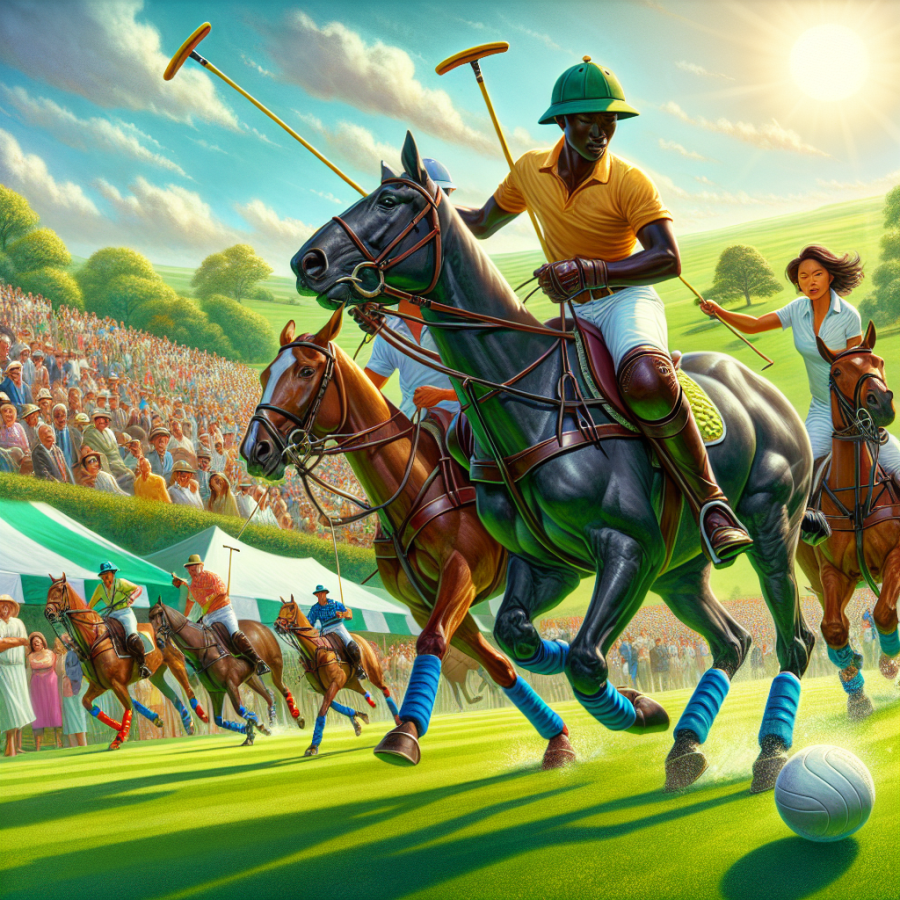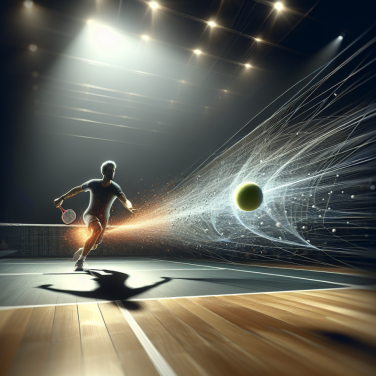Mastering Polo Strategies: A Key to Successful Gameplay
Polo is a dynamic sport that requires a combination of skill, strength, tactical strategy, and teamwork. A key element in successful gameplay in polo is having an effective strategy. Just as chess players must understand the moves of each piece to create a successful game plan, polo players must grasp each position, the characteristics of their horses, and the particular game style of their opponents.
The key to mastering polo strategies begins with understanding the roles in polo. One strategy doesn't fit each role; a position one player may work brilliantly, but it is not always suitable for position two, three, or four. The responsibilities and strategic approach vary. Position one is usually the offensive player, positioned for scoring goals. Position two is the midfield workhorse, assisting both in offence and defence. Position three is the strategic playmaker, while position four primarily focuses on defence.
An important aspect of applying these roles strategically is spacing and positioning. Strategic spacing can create opportunities for offence and maintain a sound defence. Each player must be constantly aware of his spatial relation to his teammates, opponents, and the ball. Limited physical contact is allowed in polo, so intelligent positioning can also help to block and ride-off opponents.
Another crucial element in polo strategy is the effective use of the horse. Known as polo ponies, these animals are as crucial to the game as the human players. Polo ponies must be agile, quick, and possess great stamina. A strategic player will ensure that his or her horse is well-rested and at peak performance for crucial moments in the match. Switching horses is allowed, and substituting a winded horse with a fresh one can be a tactical advantage.
Understanding and reading the game is also an important part of a polo player’s strategy. Just like a military general, a polo player must be able to read the game, adjust strategies as the game evolves, and make decisions on the spur of the moment. This involves understanding the strengths and weaknesses of the opposing team and implementing tactics that exploit these weaknesses.
Gate scoring is one such strategic tactic used in polo. It involves a team mates positioning themselves between the posts, allowing a team-mate to score through the gate they form. Another strategy is a nearside shot or backhand, which involves hitting the ball across the body instead of the traditional forehand shot. These are specific strategic moves that players can incorporate into their gameplay to outsmart the opposition.
Strategic plays also revolve around maintaining possession of the ball.
Read also:
Exploring the Origins: Where Soccer Began
Decoding the Adrenaline Rush in Polo: Behind the Scenes
Polo, often referred to as the "Sport of Kings", is a game loved and followed by millions across the globe. At the heart of the game is an exhilarating combination of speed, skill, and strategy. The adrenaline rush in polo, experienced by players and spectators alike, is unparalleled due to several unique aspects hidden behind the scenes.
For the players, the adrenaline begins to pump even before they set foot on the playing field. Training and preparation requires incredible physical fitness, mental fortitude, and brave determination to compete in a game so physically demanding and potentially dangerous. They must work simultaneously as a team and as individual horsemen at breakneck speeds. The thrill of controlling a galloping horse while attempting to hit a small ball with a long mallet is a challenge that pumps up the adrenaline.
Enthralling strategies used in polo give it the depth and dimensions of a chess game, but at a much faster, heart-racing pace. Each player must anticipate their opponent's moves and respond accordingly in real-time, making every match a dynamic and unpredictable experience. Though the primary objective is to score goals, in reality, winning involves a complex array of offensive and defensive strategies that keep the players and spectators on their toes.
The horses, or polo ponies, form an integral part of the adrenaline rush in polo. These are not your usual riding horses; they are specially trained athletes who showcase speed, agility, and stamina. The sight of these magnificent beasts galloping across the field, responding to the subtlest signals from their riders, stirs up an adrenaline rush that is infectious.
Communication amongst team members and the connection between player and horse are also crucial elements that make the game of polo more than just exciting. A team developing and executing strategies at full gallop, adjusting tactics on the fly, and a rider intuitively commanding his horse to dodge, charge, or halt form the adrenaline-raising nuances of this sport, often unseen by the casual observer.
A significant adrenaline factor in polo is the immediate and real dangers posed during the game. Polo is not a sport for the faint-hearted. Encountering physical risks while managing the unpredictability of the game, and securing victory against all odds, add a raw, palpable energy to this sport.
The passion that spectators appreciate about a polo match stems from its rapid pace, majestic horses, strategic depth, and the palpable intensity given off by the players.




